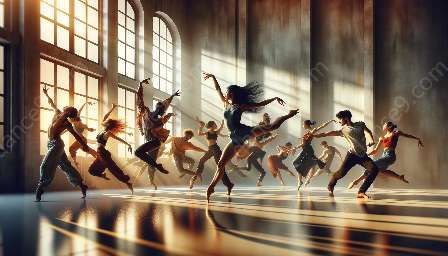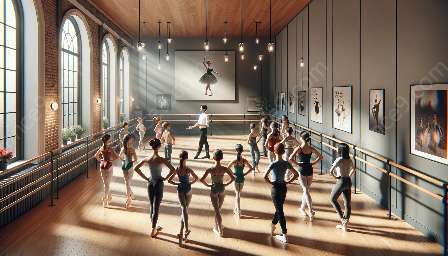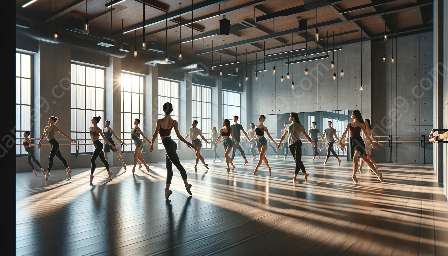Ballet, often considered the epitome of grace and beauty, has a history as rich and intriguing as its performances. This exquisite art form has not only shaped the realm of performing arts but has also greatly contributed to the vibrant tapestry of arts and entertainment. In this comprehensive topic cluster, we delve into the fascinating history, theory, and impact of ballet, exploring its profound influence on the world of dance and beyond.
History of Ballet: A Timeless Journey
The origins of ballet can be traced back to the Italian Renaissance courts of the 15th century, where it emerged as a form of entertainment and expression. The integration of music, dance, and storytelling gave birth to ballet as we know it today. With the establishment of the first ballet academy, the Académie Royale de Danse, in the 17th century in France, ballet underwent significant transformation, introducing formalized techniques and a codified system of movements.
Ballet experienced a golden age during the 19th century, characterized by the emergence of iconic ballets such as














































